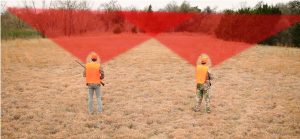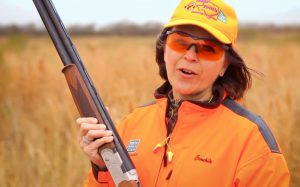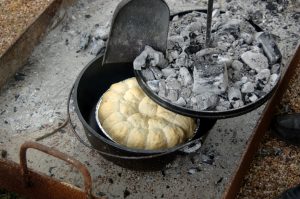Mentored Hunts for Adults
Thursday, August 1st, 2019This is Passport to Texas
Interested in hunting but don’t have hunters as friends or family to guide you? Some state parks and wildlife management areas conduct mentored hunting workshops for first-time adult hunters. The program is designed to educate and introduce beginners to the hunting experience.
For the last twenty-one years, no one in my immediate family has ever hunted.
Ralston Dorn is a Dallas paramedic and enthusiastic new hunter
I want to break that cycle. So, I found this through Parks and Wildlife and signed up for it.
Justin Dreibelbis is Ralston’s mentor for the day.
This is an opportunity to come out and, take part in a hunt, learn from experienced hunters and, take skills back to their friends and families so they can go hunting.
[ Ralston] Before taking the shot my adrenaline started pumping. I told Justin, my heart is racing. And, he goes alright slow down.
[Justin] She’s broadside. When you’ve got a good shot, take it
[Rifle shot / Justin] Good shot, man. Great shot.
[Ralston] Had I gone hunting with my uncle, I’m sure I could have gotten a deer but, I don’t think I would have learned nearly as much after the shot, or before the shot, as I did here it.
Learn more about mentored hunting workshops on the Texas Parks and Wildlife website.
The Wildlife restoration program supports our series.
For Texas Parks and Wildlife…I’m Cecilia Nasti.
![Ralston Dorn [background] on mentored hunt.](https://passporttotexas.org/wp-content/uploads/2019/07/mentored_hunt-300x188.jpg)






 Passport to Texas is a
Passport to Texas is a  Passport to Texas is made available by:
Passport to Texas is made available by: